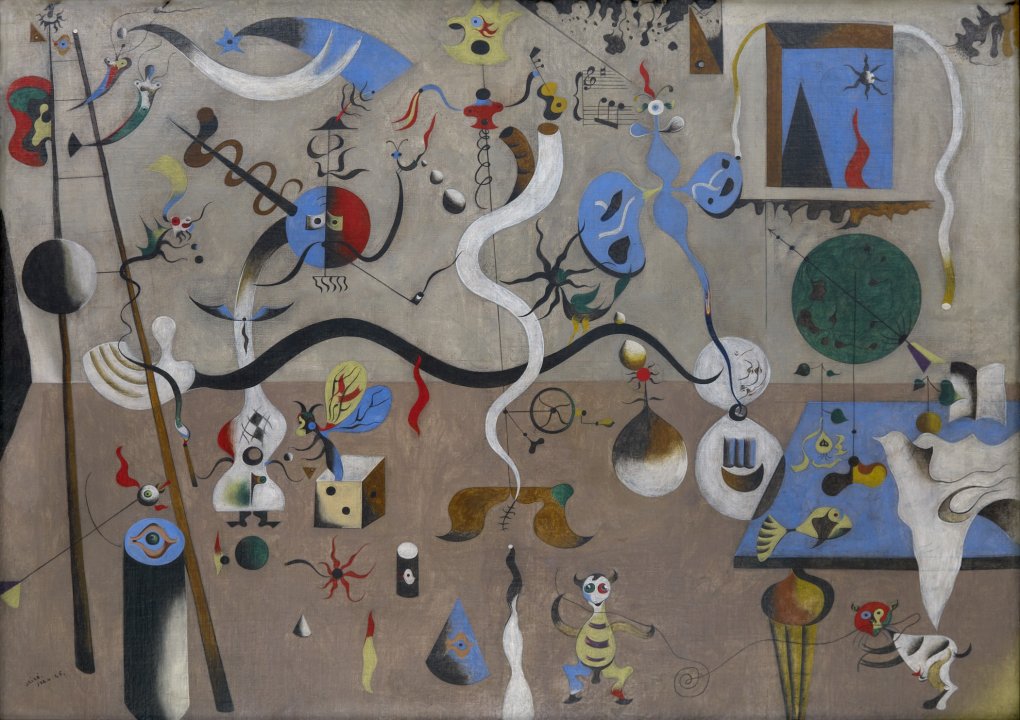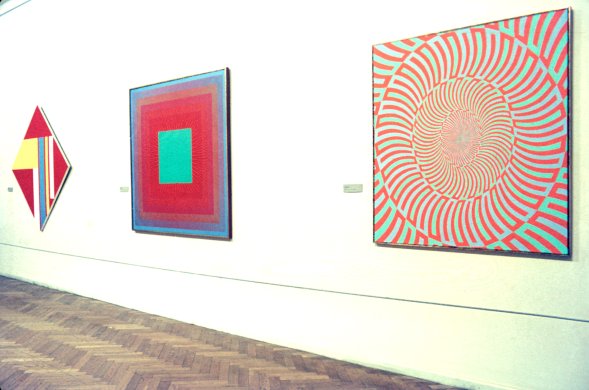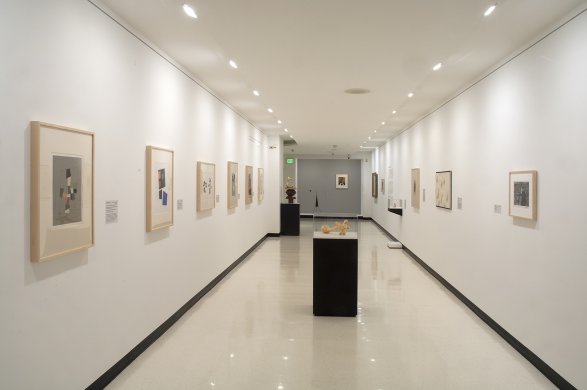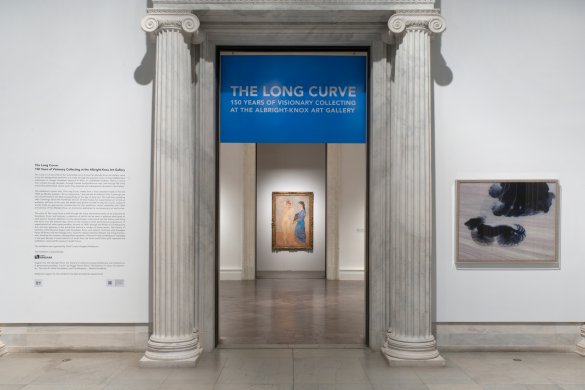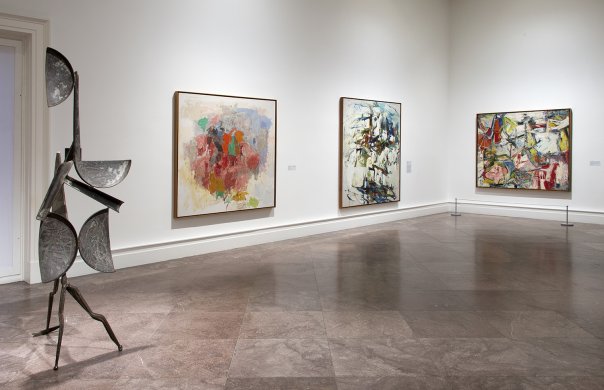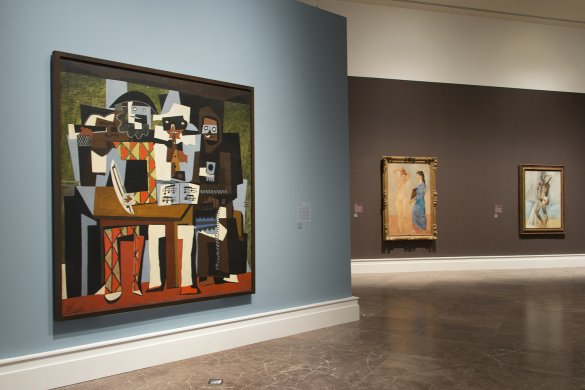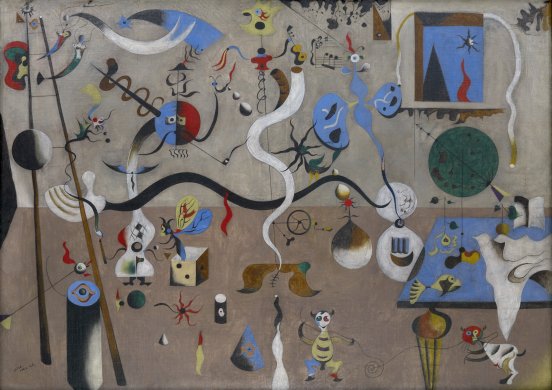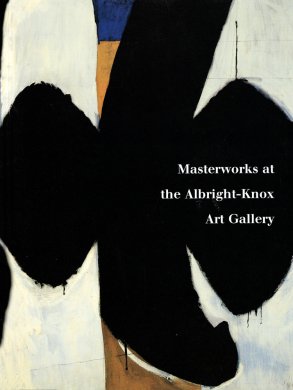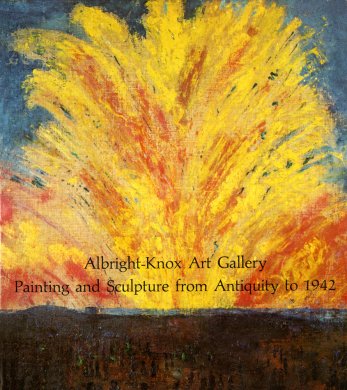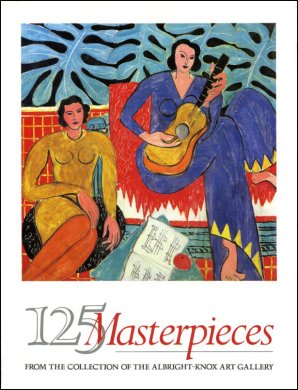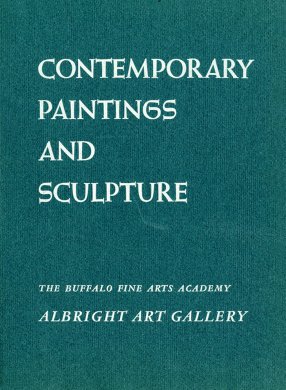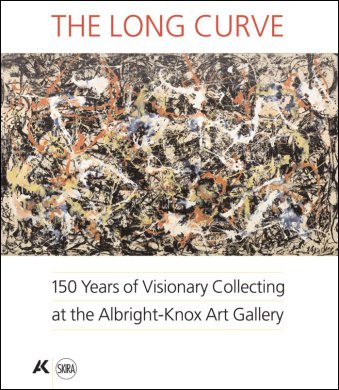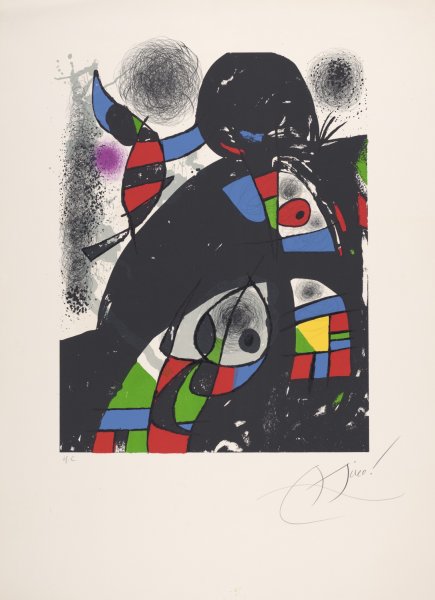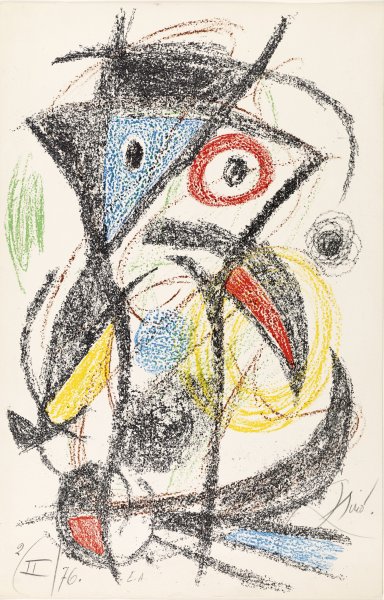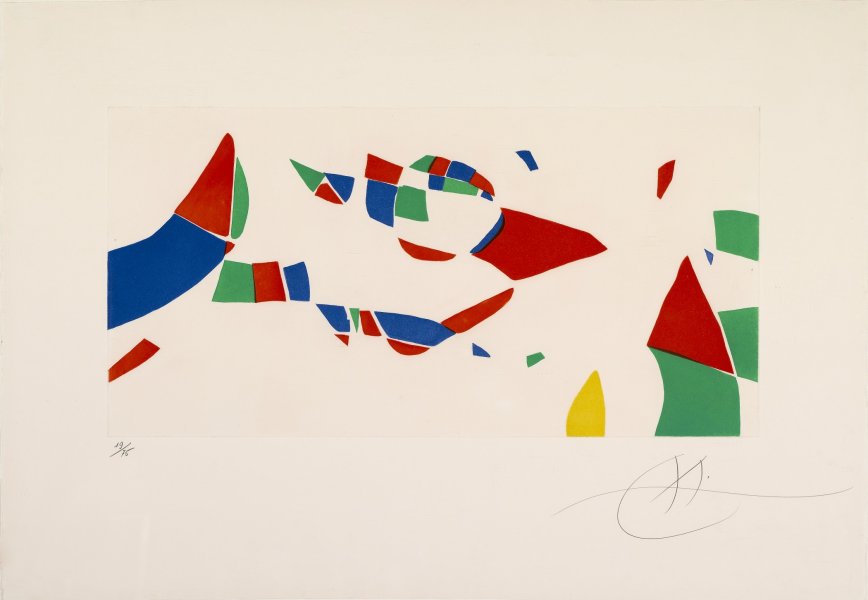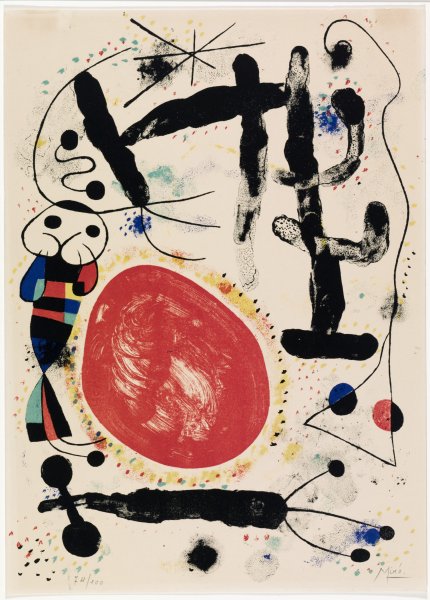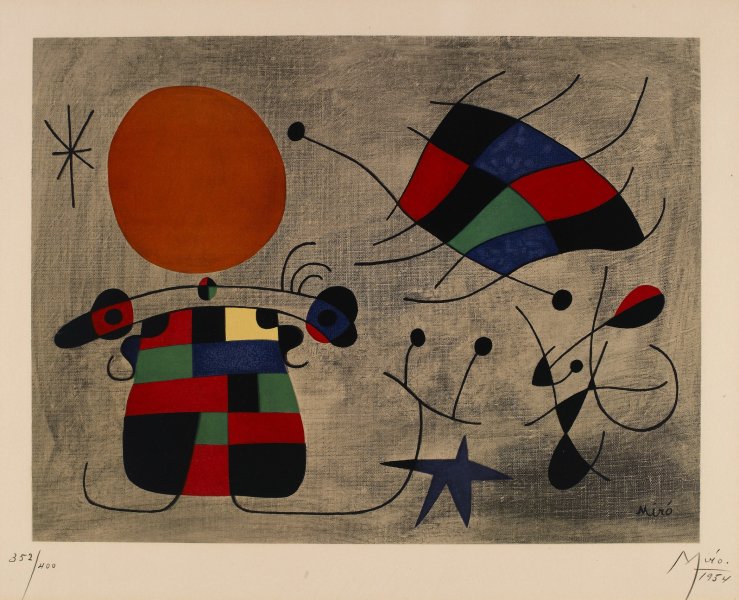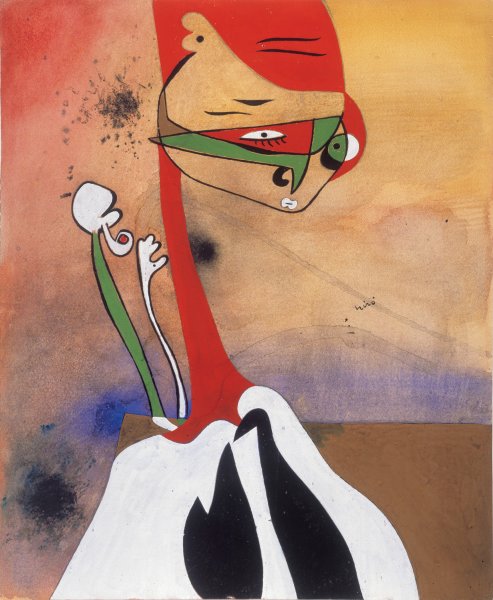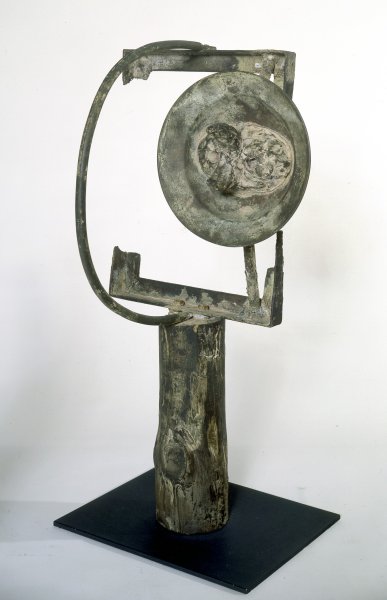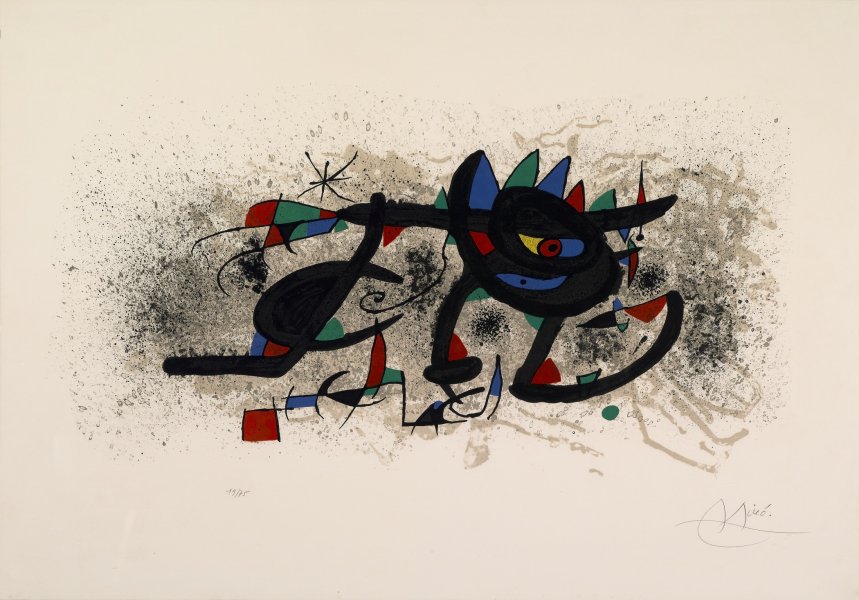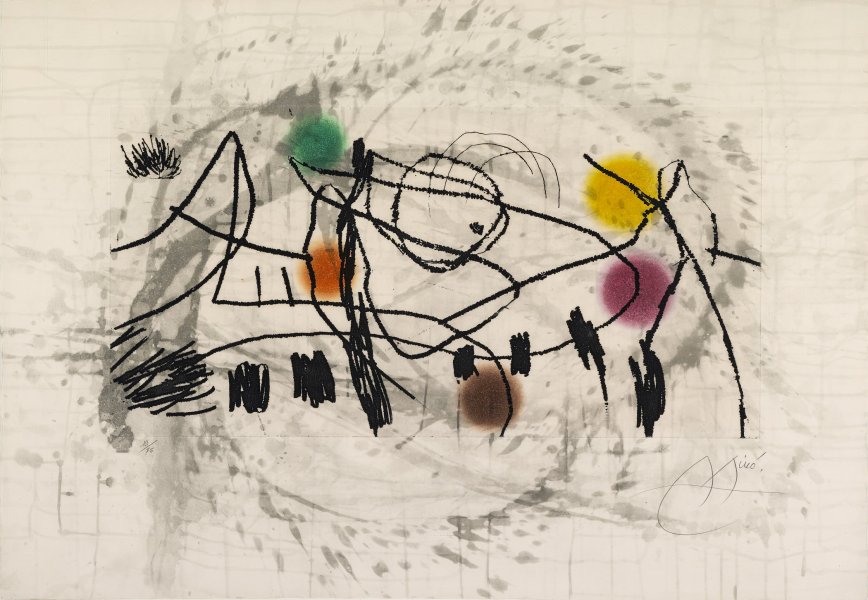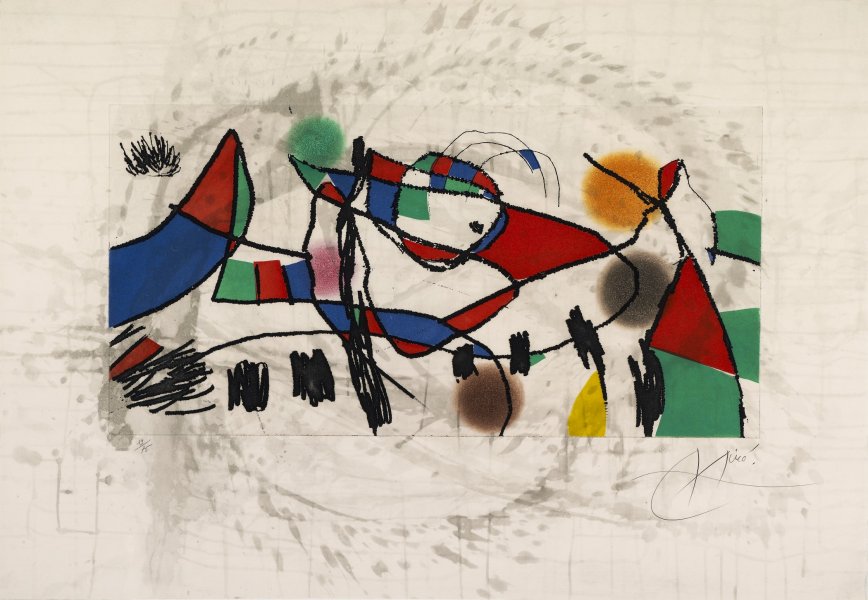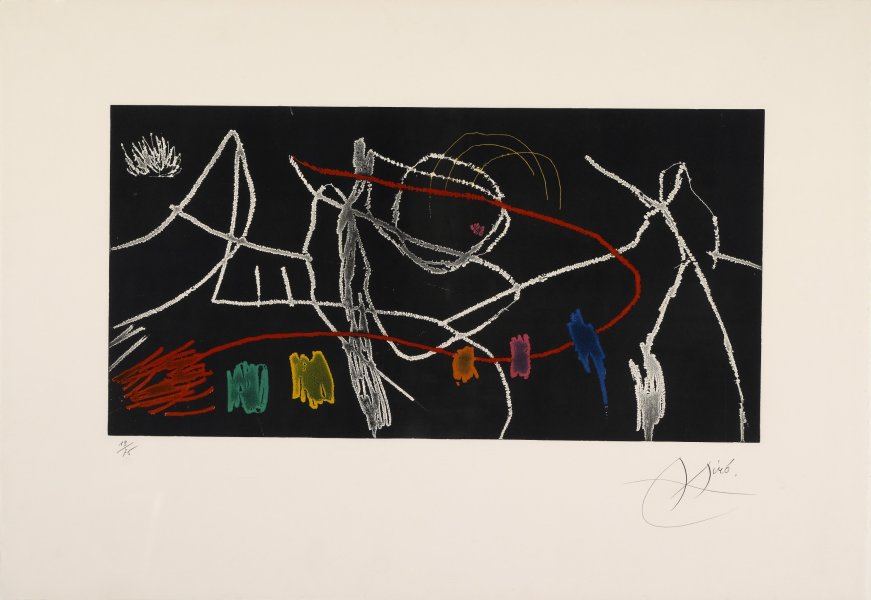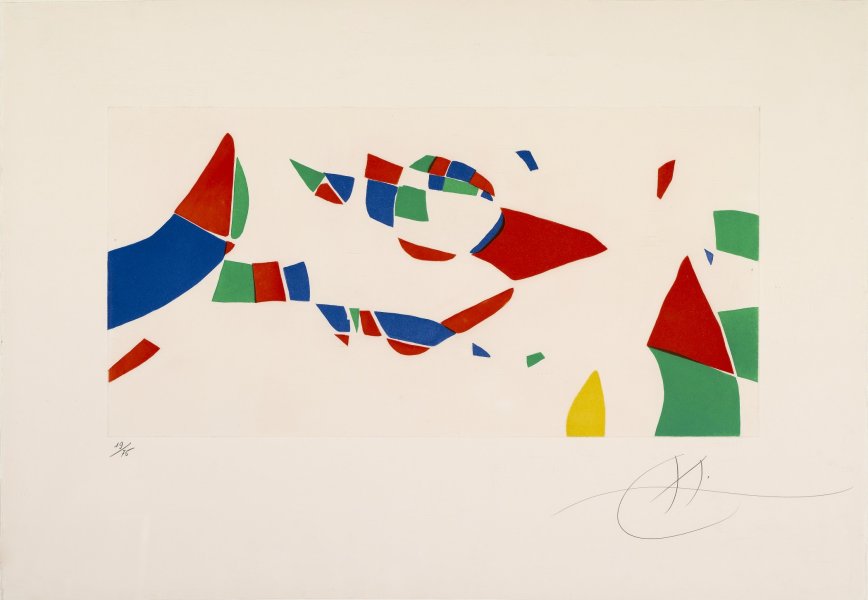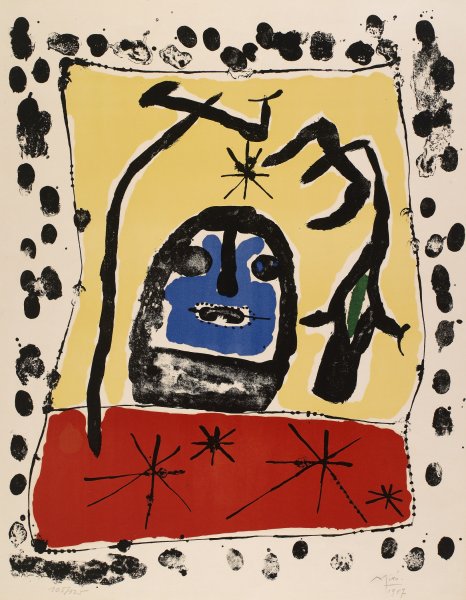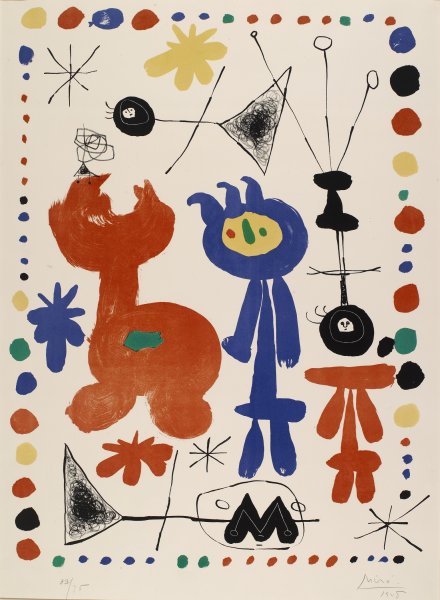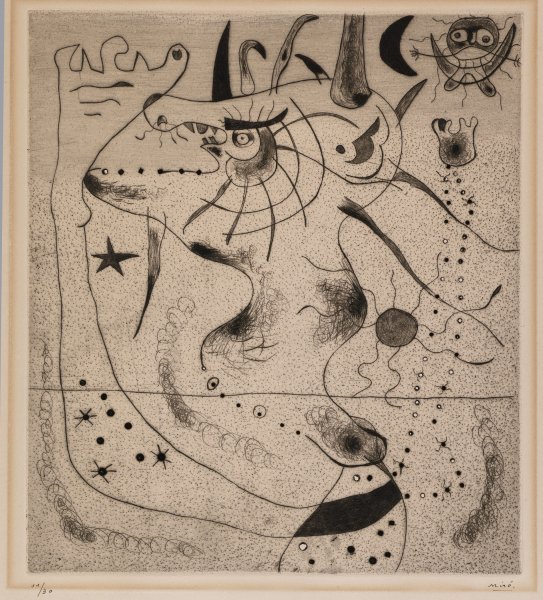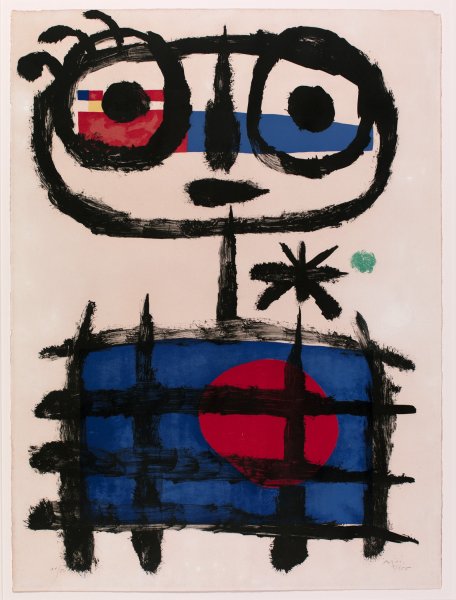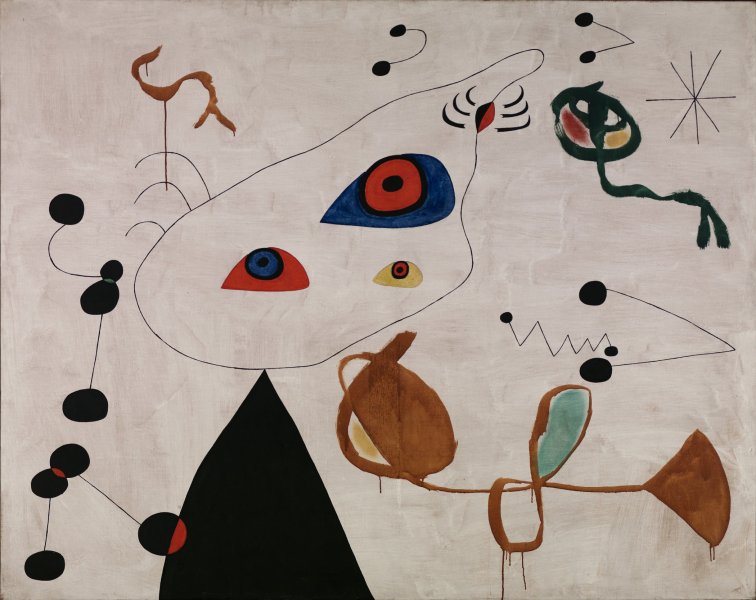Joan Miró
Spanish, 1893-1983
Carnaval d'Arlequin (Carnival of Harlequin), 1924-1925
Artwork Details
Currently on View
Collection Highlight
Materials
oil on canvas
Measurements
support: 26 x 36 5/8 inches (66.04 x 93.0275 cm); framed: 36 3/4 x 47 x 3 1/8 inches (93.34 x 119.38 x 7.94 cm)
Collection Buffalo AKG Art Museum
Credit
Room of Contemporary Art Fund, 1940
Accession ID
RCA1940:8
Carnival of Harlequin is a climactic work from a series of paintings Joan Miró infused with the color scheme and landscape of his native Catalonia, Spain. The curious figure depicted in the central-left portion of the canvas with a half-red, half-blue mask and diamond pattern on his tunic references Italy’s commedia dell’arte. In this popular form of theater, the Harlequin is a foolish stock character who is perpetually unsuccessful in love. Artists often used the Harlequin as a stand-in for themselves. Miró came to know of this tradition through the work of Pablo Picasso. At the time Miró created this painting he had so little money that all he could afford to serve a friend for dinner were radishes. He described coming home at the end of a day without food and, in a kind of trance, drawing the forms that were the genesis of this painting. Hence, the hole in Harlequin’s stomach may allude to Miró’s own poverty and hunger. The other characters throughout the composition, however, seem to be having a wonderful time. It is believed that the title of the painting refers to Mardi Gras, the celebration that precedes fasting during the season of Lent in the Catholic liturgical calendar. Many revelers have characteristics of both humans and animals, and some are anthropomorphized objects, such as the ladder with an eye and ear. The hybrid creatures are playing, singing, dancing, and celebrating, with music literally in the air.
